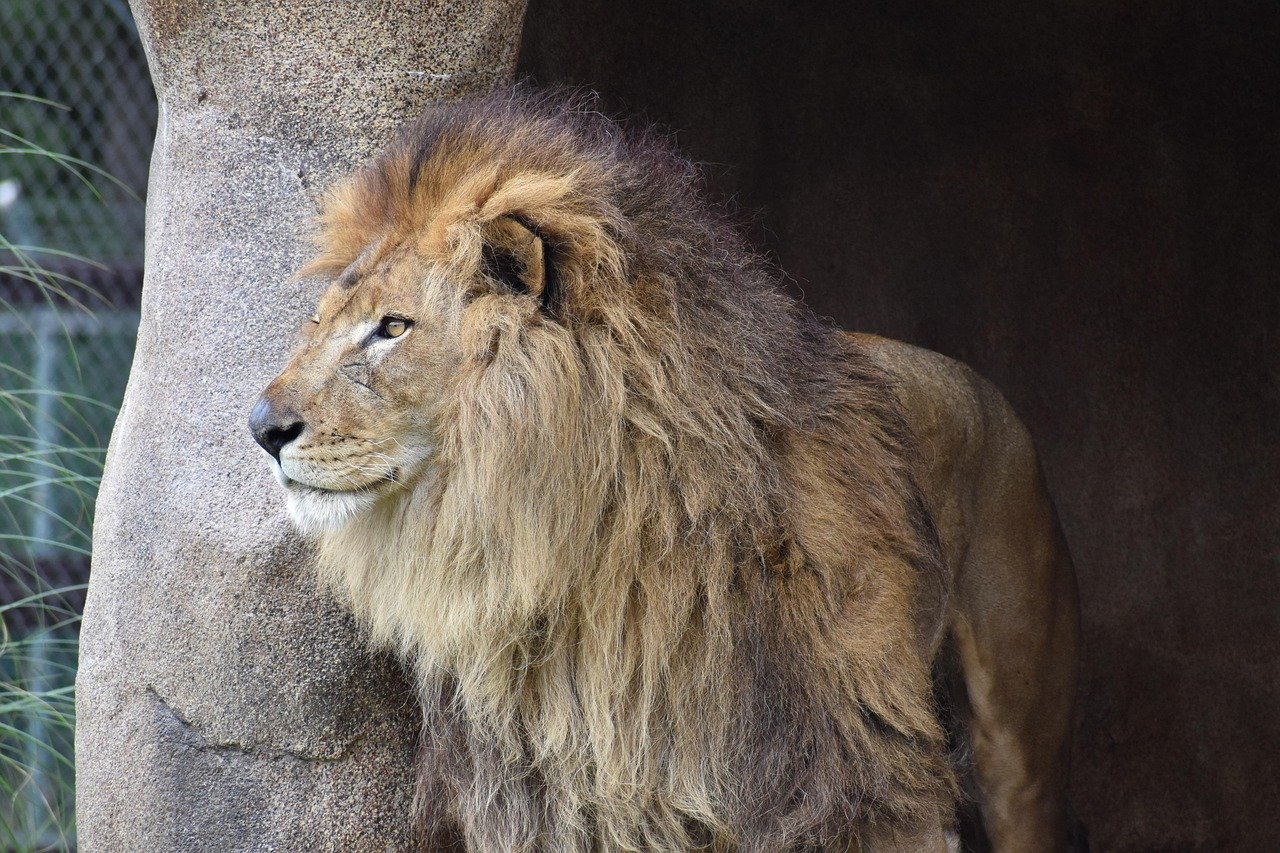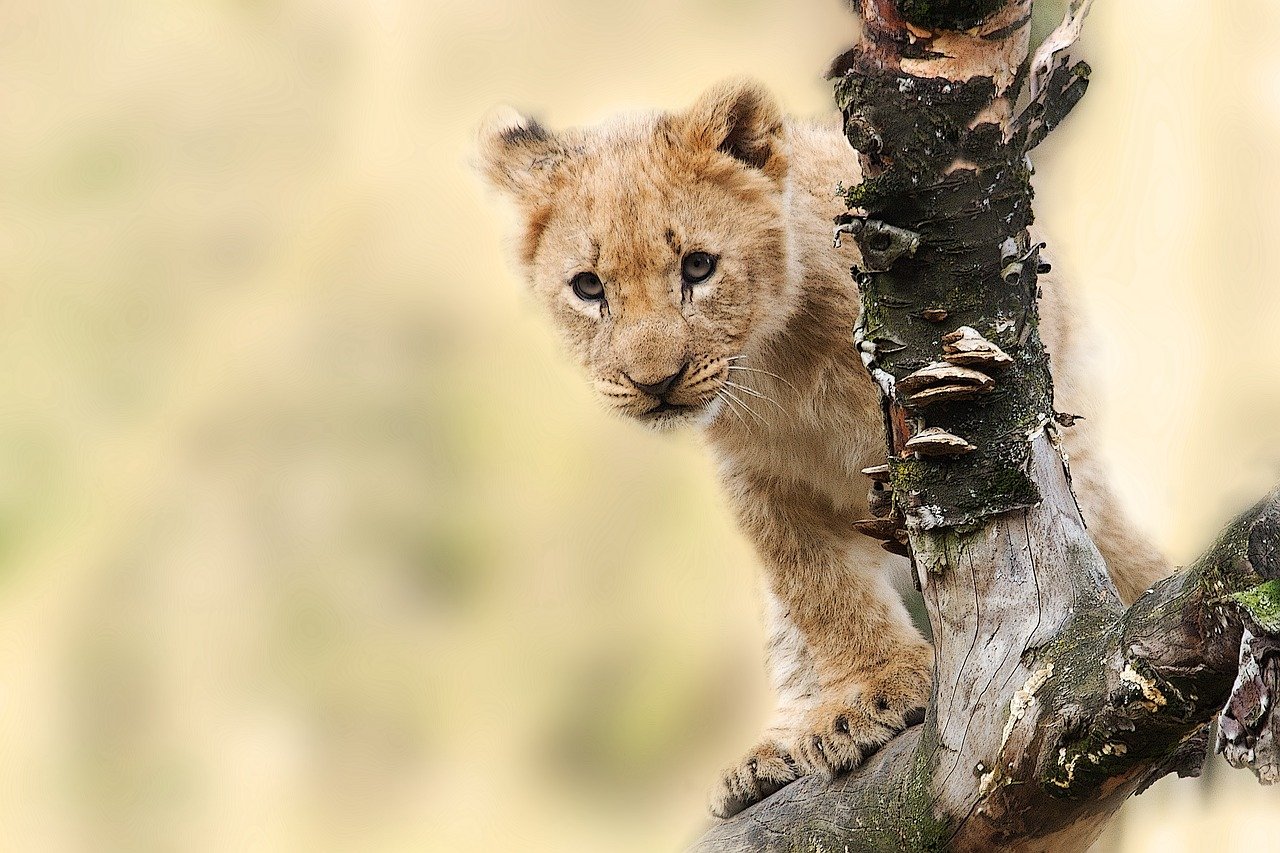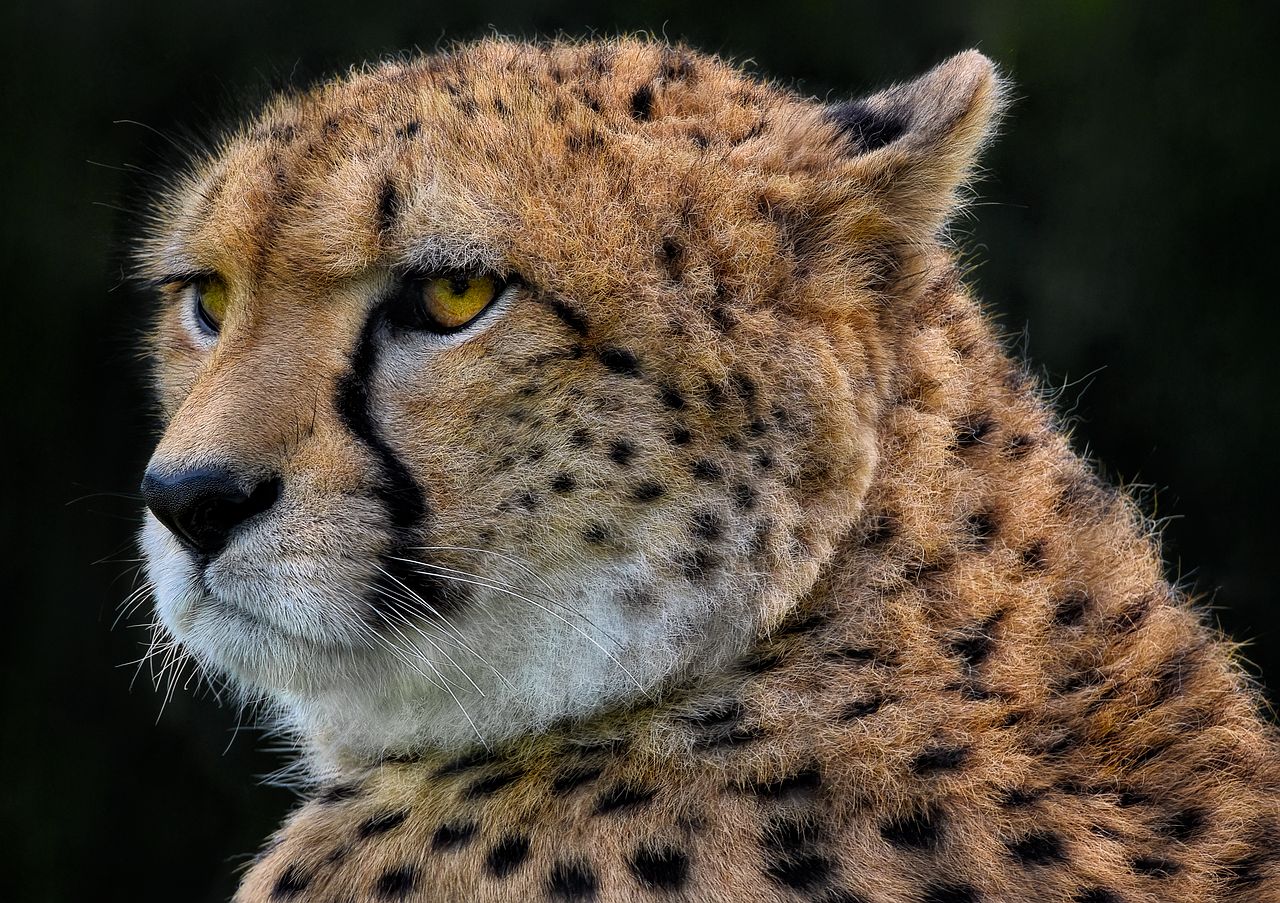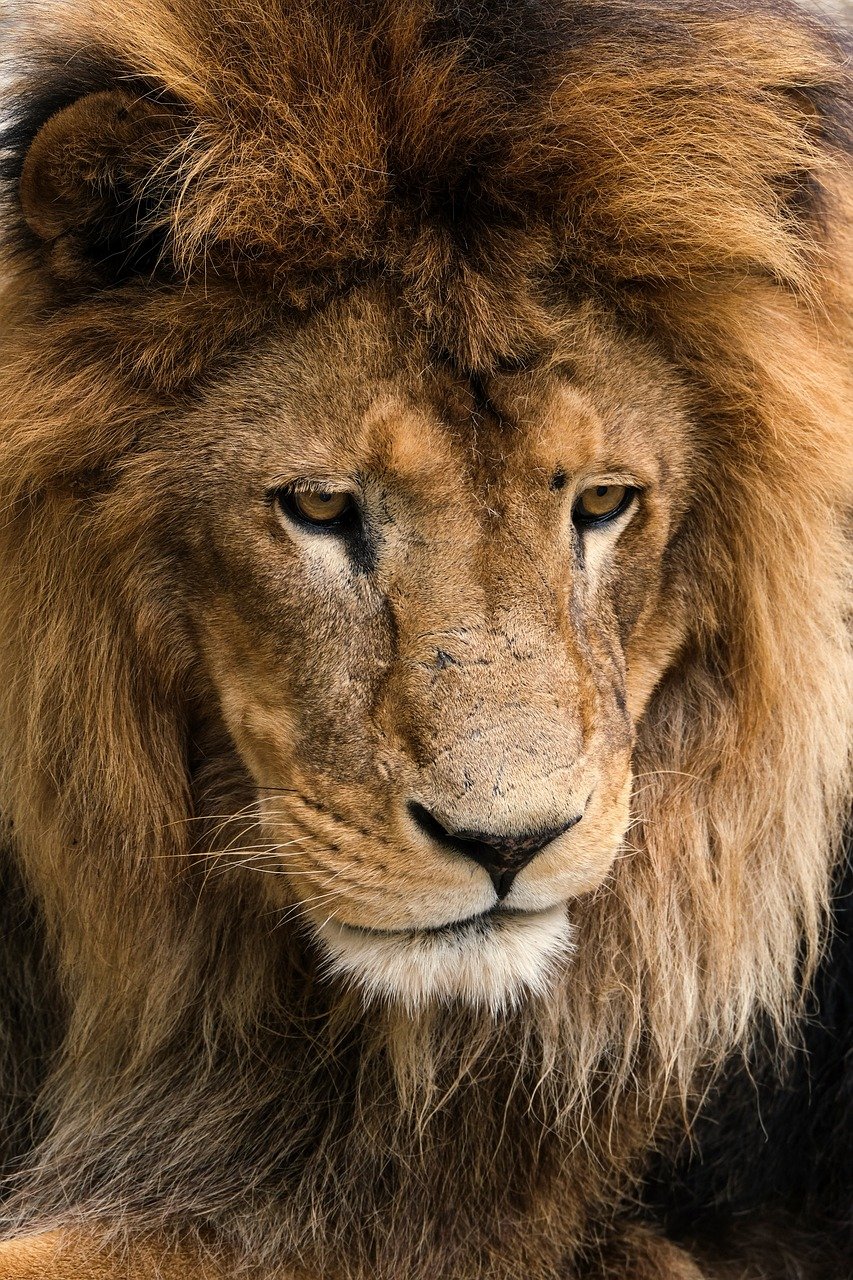Saber-Toothed Tigers Were the Ultimate Predators of Their Time

Picture this: a cat the size of a modern lion, but with two massive canine teeth jutting down like curved daggers. The saber-toothed tiger, or Smilodon, wasn’t actually a tiger at all—it was in a league of its own. These incredible hunters lived alongside woolly mammoths about 10,000 years ago, and their iconic teeth could grow up to 7 inches long.
What’s truly mind-blowing is how they used those famous fangs. Scientists believe they didn’t just stab their prey—they delivered precise, surgical strikes to the throat, causing massive blood loss. Think of them as the ultimate precision hunters of the Ice Age world.
Cave Lions Were Bigger Than Any Cat Alive Today

Imagine meeting a lion that’s 25% larger than today’s African lions, with a mane that would make modern big cats jealous. Cave lions roamed across Europe and Asia during the Ice Age, and they were absolute giants. Archaeological evidence shows they lived in the same territories as early humans, who actually painted them on cave walls.
These magnificent beasts weren’t just big—they were smart hunters who worked together in groups. Fossil evidence suggests they took down everything from reindeer to young mammoths, making them one of the most successful predators of their era.
American Lions Ruled the Grasslands of North America

The American lion was quite possibly the largest cat that ever lived, weighing up to 500 pounds—that’s about 25% heavier than today’s biggest African lions. These incredible predators dominated the grasslands of North America, from Alaska down to Mexico. They shared the landscape with giant ground sloths, horses, and yes, those famous woolly mammoths.
What makes them even more fascinating is their hunting strategy. Unlike modern lions that rely on teamwork, American lions were likely more solitary hunters, using their massive size to take down prey that would challenge entire prides today.
Scimitar Cats Had Teeth Like Curved Swords

Meet the scimitar cat, Homotherium, whose name literally means “same beast”—but there was nothing ordinary about this predator. These cats had upper canines that curved like scimitar swords, earning them their fearsome nickname. They were built for speed and endurance, with longer legs than their saber-toothed cousins.
Here’s the wild part: they were pack hunters, much like modern wolves. Groups of scimitar cats would work together to bring down massive prey, including baby mammoths and giant ground sloths. Their social hunting behavior was revolutionary for cats of that era.
European Jaguars Were Ice Age Powerhouses

Long before jaguars became synonymous with South American rainforests, their ancestors prowled the frozen landscapes of Ice Age Europe. These European jaguars were significantly larger than their modern descendants, with some specimens showing they were nearly the size of modern lions. They adapted perfectly to the cold climate, developing thicker fur and more robust builds.
Archaeological sites have revealed that these cats were skilled hunters of reindeer and other cold-adapted prey. Their powerful jaws—even stronger than modern jaguars—could crush bones with ease, allowing them to access every bit of nutrition from their kills during harsh winters.
Giant Cheetahs Were Built for Long-Distance Hunting

Forget everything you think you know about cheetahs being small and delicate. The American cheetah, Miracinonyx, was about twice the size of today’s cheetahs and built like a biological racing machine. These cats lived in North America alongside pronghorn antelopes, which explains why pronghorns can still run at 60 mph today—they were literally running for their lives.
Unlike modern cheetahs that tire quickly, these giants were built for endurance. They could maintain high speeds over longer distances, making them the ultimate pursuit predators of the Ice Age grasslands.
Lynx Species Grew to Massive Proportions

The Ice Age produced some truly enormous lynx species that would dwarf their modern relatives. The cave lynx of Europe was roughly twice the size of today’s Eurasian lynx, with proportionally longer legs and more powerful builds. These cats were perfectly adapted to hunting in snowy conditions, with massive paws that acted like natural snowshoes.
What’s particularly fascinating is how these giant lynx coexisted with early humans. Archaeological evidence shows that humans and cave lynx occasionally competed for the same cave shelters, leading to some truly dramatic confrontations that our ancestors documented in their cave paintings.
Dinofelis Was the “False Saber-Tooth” With Unique Hunting Style

While not as famous as the saber-toothed tiger, Dinofelis earned the nickname “false saber-tooth” for its moderately elongated canine teeth. These cats had a completely different hunting strategy—they were ambush predators that preferred to attack from trees and rocky outcrops. Their powerful forelimbs could deliver devastating strikes to unsuspecting prey below.
The most intriguing aspect of Dinofelis is their potential interaction with early human ancestors in Africa. Some scientists believe these cats may have occasionally hunted early hominids, making them a significant evolutionary pressure in human development. They represent a direct link between the age of giant mammals and the rise of human civilization.
Conclusion: When Giants Walked Among Giants

These eight magnificent cats shared the world with woolly mammoths, giant ground sloths, and cave bears in an era when everything seemed supersized. Each species evolved unique adaptations to thrive in harsh Ice Age conditions, from the precision-strike capabilities of saber-toothed tigers to the endurance-hunting prowess of giant cheetahs. Their extinction marks the end of an era when cats truly ruled as apex predators alongside the most iconic megafauna in Earth’s history.
The next time you watch your house cat pounce on a toy mouse, remember that they carry the genetic legacy of these incredible Ice Age hunters. These ancient felines faced challenges that would make modern big cats seem tame by comparison, yet they thrived for millions of years in some of the most extreme conditions our planet has ever seen.
Which of these prehistoric powerhouses would you have wanted to see stalking through an Ice Age landscape?
Hi, I’m Bola, a passionate writer and creative strategist with a knack for crafting compelling content that educates, inspires, and connects. Over the years, I’ve honed my skills across various writing fields, including content creation, copywriting, online course development, and video scriptwriting.
When I’m not at my desk, you’ll find me exploring new ideas, reading books, or brainstorming creative ways to solve challenges. I believe that words have the power to transform, and I’m here to help you leverage that power for success.
Thanks for stopping by, Keep coming to this website to checkout new articles form me. You’d always love it!






